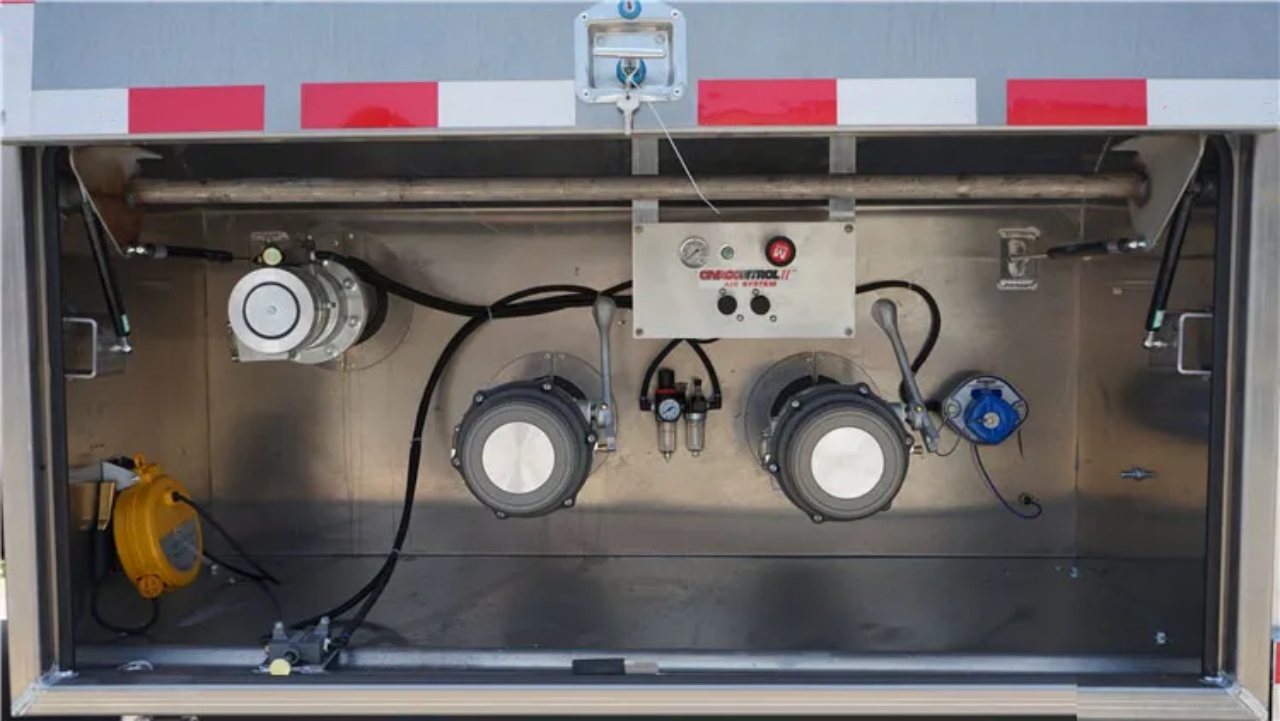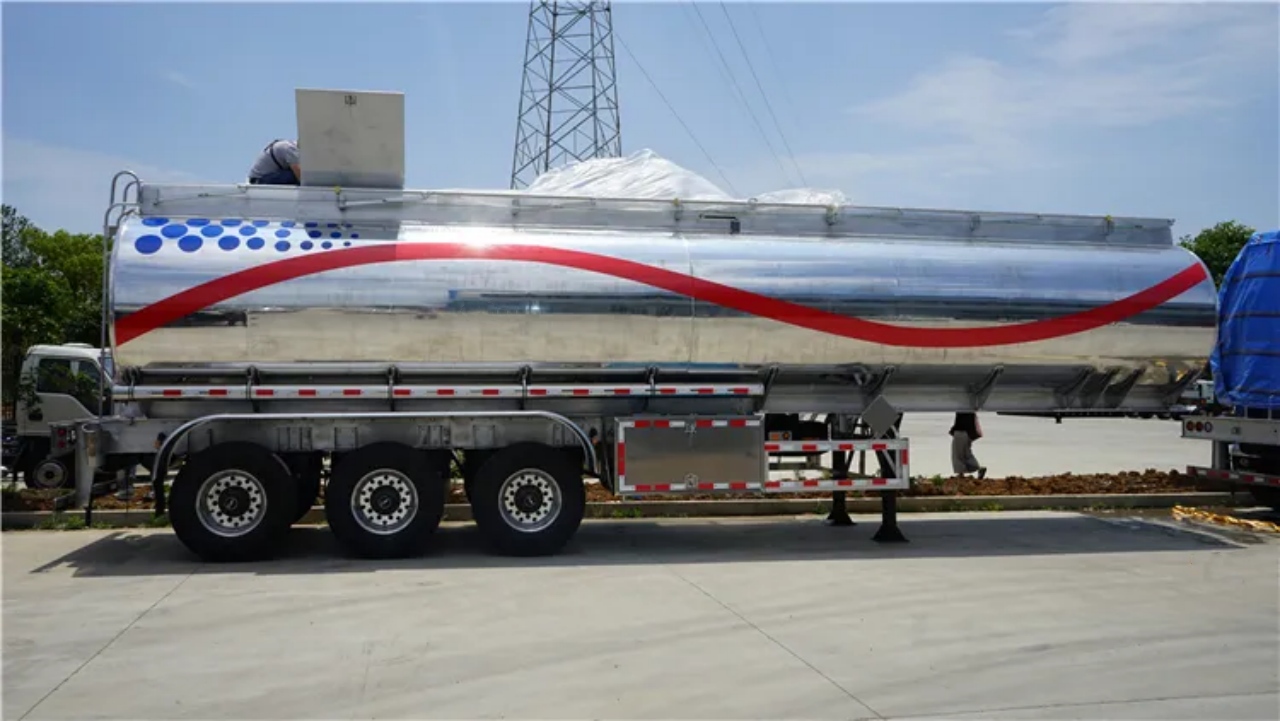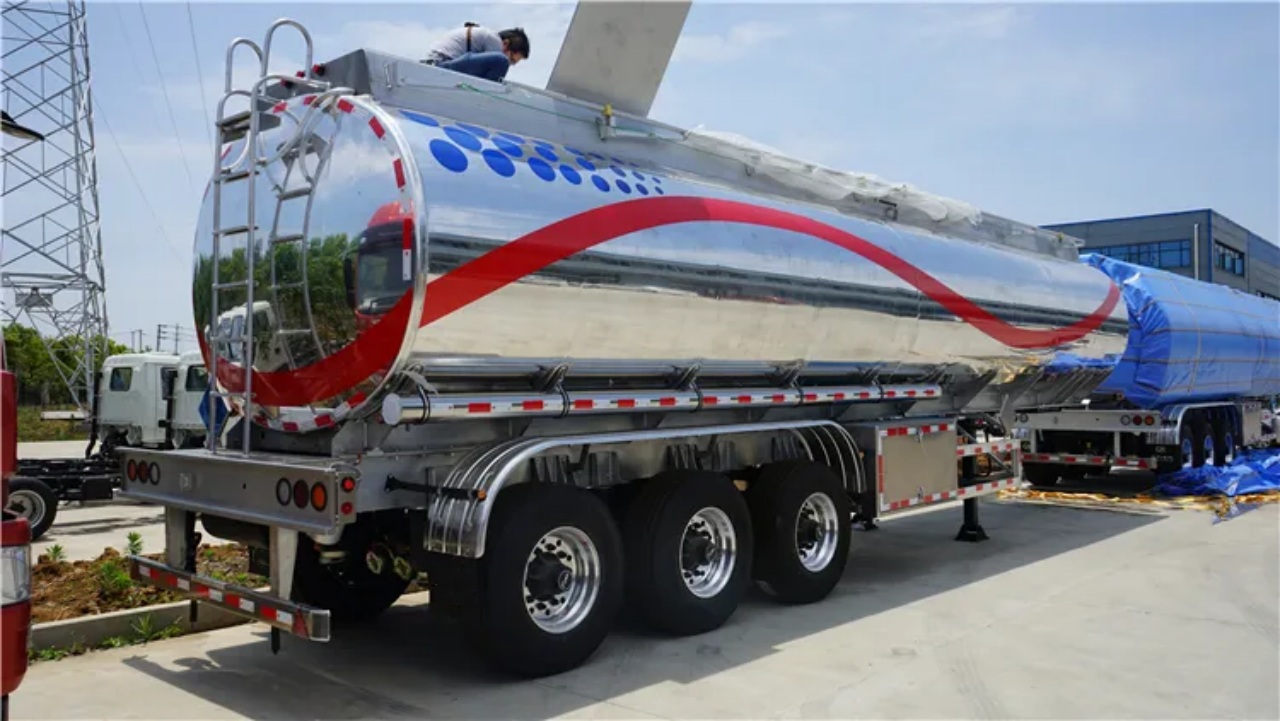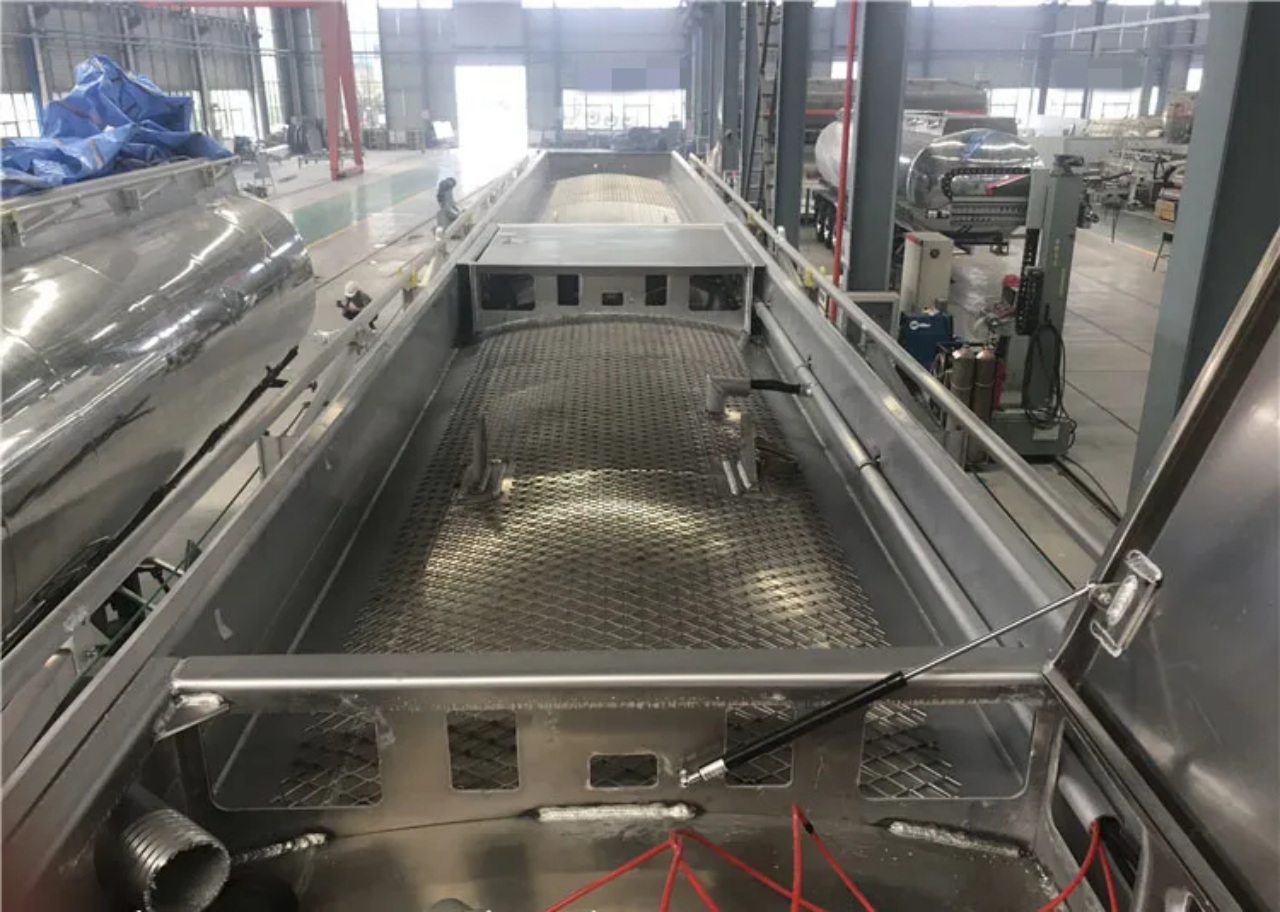Tanker trailers are essential components of the logistics and transportation industry, designed to transport liquids, gases, and even dry bulk materials over long distances. One of the most commonly used tanker sizes is the 40-foot trailer, prized for its balance between large capacity and maneuverability. But a question often asked by operators, buyers, and regulatory authorities alike is: What is the capacity of a 40-foot tanker trailer? The answer depends on several factors, including the trailer’s design, the nature of the material being transported, regional regulations, and safety requirements.
Understanding Tanker Trailer Capacity
Before diving into the specific numbers, it’s important to understand that the “capacity” of a tanker trailer can refer to different aspects:
- Volume Capacity: Measured in gallons (U.S.) or liters, this indicates how much liquid or gas the tank can hold.
- Weight Capacity: This is how much mass the trailer can legally and safely transport, measured in pounds or kilograms.
- Payload Capacity: The net weight of the material that can be transported after accounting for the trailer’s weight (tare weight).
The volume capacity is usually the primary concern when discussing tanker trailers, especially when transporting fluids.
Average Volume Capacity of a 40-Foot Tanker Trailer
A typical 40-foot tanker trailer used for liquid transport (such as water, fuel, milk, chemicals, or edible oils) usually has a volume capacity ranging from 24,000 to 36,000 liters, which is approximately 6,300 to 9,500 U.S. gallons. This wide range accounts for the varying densities of transported substances and the structural design of the tanker.
Here’s a more detailed breakdown of volume capacities by application:
- Fuel Tanker: Often holds between 30,000 and 36,000 liters (7,900 to 9,500 gallons), divided into multiple compartments to carry different types of fuel.
- Water Tanker: Typically designed to carry 24,000 to 30,000 liters (6,300 to 7,900 gallons) due to water’s relatively high density.
- Milk Tanker: May range from 25,000 to 32,000 liters (6,600 to 8,400 gallons), with insulation and sanitary fittings included.
- Chemical Tanker: Varies widely based on the chemical’s properties—some corrosive or reactive substances might be limited to smaller loads due to safety regulations, often around 25,000 liters (6,600 gallons).
- Asphalt/Bitumen Tanker: These insulated and heated tankers typically hold around 28,000 to 34,000 liters (7,400 to 9,000 gallons), depending on the design and insulation.
Factors Affecting Tanker Capacity
Several factors can influence the actual capacity of a 40-foot tanker trailer:
1. Material Density
Heavier liquids (like sulfuric acid or milk) limit the tanker’s capacity due to road weight restrictions. Conversely, lighter liquids such as gasoline or ethanol allow for greater volume without surpassing legal gross vehicle weights.
2. Tank Configuration
Tanker trailers may come with single or multiple compartments. Multi-compartment tankers allow for carrying different liquids at once, but reduce the maximum volume capacity per compartment.
3. Construction Material
Aluminum, stainless steel, and carbon steel are common materials used in tank construction. While aluminum allows for lighter tanks and more payload, stainless steel is preferred for corrosive or food-grade materials, potentially reducing capacity due to additional wall thickness or insulation.
4. Insulation and Heating
Some tankers (e.g., for food-grade or temperature-sensitive chemicals) require insulation or built-in heating coils. These features slightly reduce internal volume due to the extra wall layers but are essential for maintaining product quality.
5. Regulatory Compliance
Road and bridge weight restrictions vary by country and even by state or province. This means the maximum load (including trailer weight and cargo) must comply with local limits, sometimes capping the amount that can be legally hauled.
Weight Considerations for a 40-Foot Tanker Trailer
While volume is often the headline figure, weight capacity is equally important. A typical 40-foot tanker trailer in the U.S. can carry a maximum gross vehicle weight (GVW) of up to 80,000 pounds (36,287 kg), including the truck, trailer, and cargo.
- Tare Weight: A 40-foot tanker trailer typically weighs between 10,000 to 12,000 pounds (4,500 to 5,400 kg) when empty.
- Payload Capacity: After subtracting the tare weight and the truck weight, the payload capacity for liquid cargo often ranges from 24,000 to 28,000 liters (6,300 to 7,400 gallons), depending on liquid density.
This means a high-density liquid like water (which weighs about 8.34 lbs/gallon) reaches legal weight limits faster than lighter substances like gasoline (which weighs around 6.3 lbs/gallon).
Special Design Variants
Different types of 40-foot tanker trailers exist to suit specific industries and transport needs:
- Food-Grade Tankers: Made from polished stainless steel and include CIP (clean-in-place) systems, these trailers are often insulated to protect cargo temperature.
- Vacuum Tankers: Used for sludge or septic waste, these feature high-capacity vacuum systems and are designed more for pressure management than maximum volume.
- LPG Tankers: Designed for liquefied gases like propane or butane, these require pressure-rated vessels and usually have smaller volumetric capacities due to the nature of compressed gases.
International Considerations
The capacity of 40-foot tanker trailers can differ based on regional regulations. For instance:
- Europe: Due to stricter axle load limits, European 40-foot (12-meter) tankers might have slightly smaller capacities, averaging 30,000 liters.
- Asia & Africa: Designs here often prioritize volume over weight limits, with some trailers carrying up to 40,000 liters under certain conditions.
- Australia: Road trains and larger vehicles allow for higher payloads and volumes, especially in remote areas.
Conclusion
The capacity of a 40-foot tanker trailer can vary significantly depending on its design, construction materials, and the nature of the cargo. On average, you can expect a volume capacity ranging between 24,000 to 36,000 liters (6,300 to 9,500 gallons), with specific configurations tailored to various industries from fuel transport to food-grade liquids and industrial chemicals.
Understanding these variables helps operators select the right trailer for their needs, ensures regulatory compliance, and promotes safe, efficient transportation. Whether you’re a fleet manager, logistics planner, or simply interested in industrial transport, knowing the capacity of a 40-foot tanker trailer is a foundational aspect of managing liquid cargo effectively.





